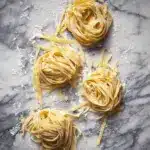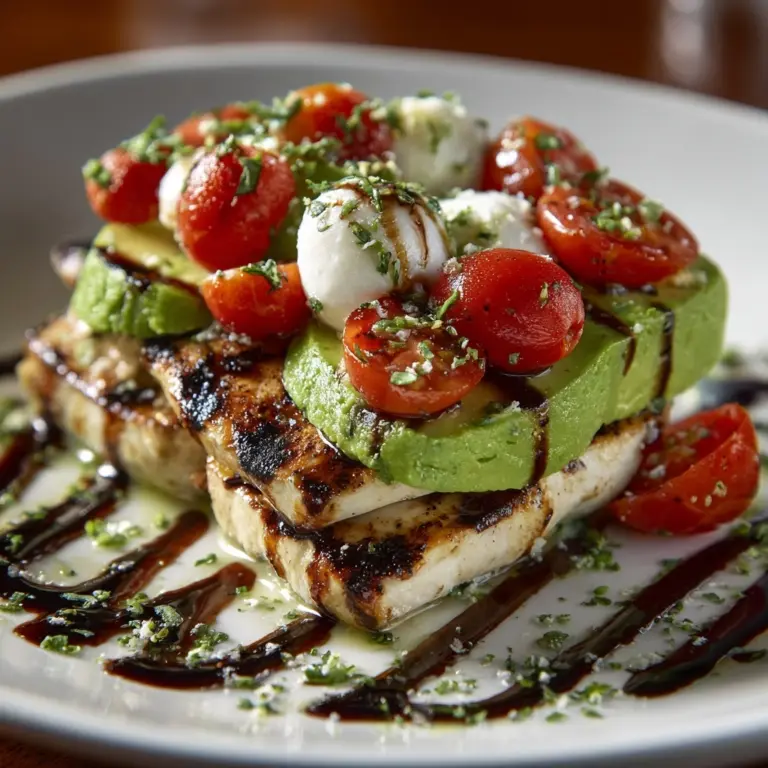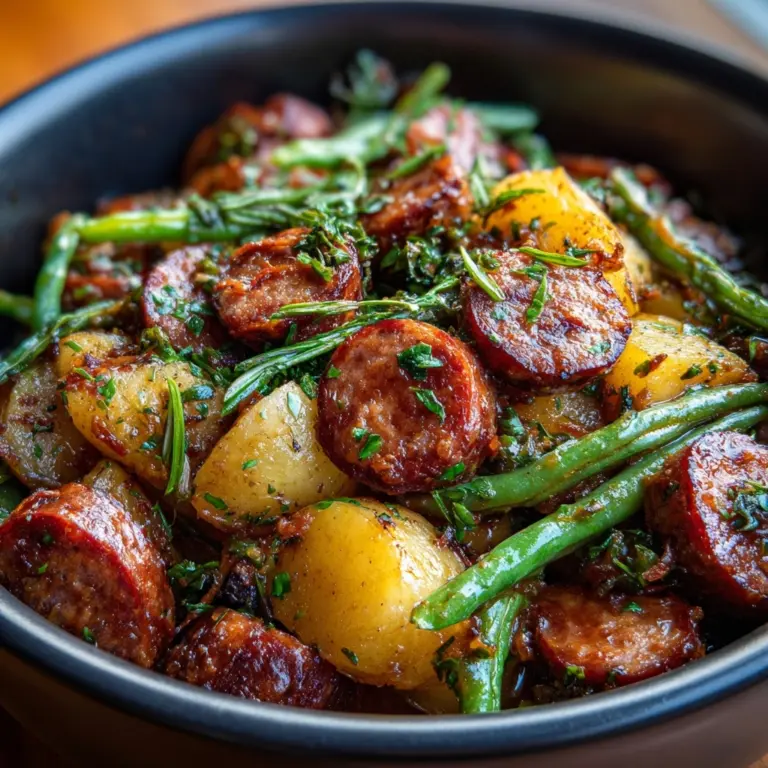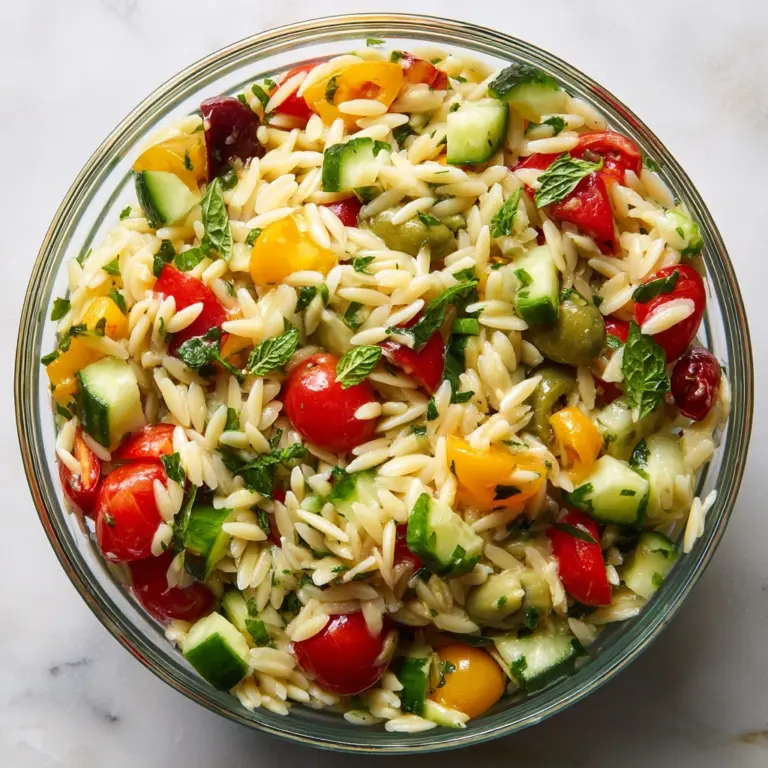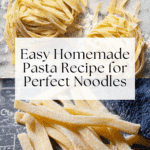How to Make Homemade Pasta Recipe
Imagine twirling silky, golden strands of pasta that you’ve crafted entirely by hand—there’s something magical about it! If you’ve ever wondered how to make homemade pasta, you’re about to experience pasta night like never before. This simple, rewarding process brings together just a handful of ingredients and a little patience, delivering fresh noodles with unbeatable texture and flavor. No fancy gadgets required, just some flour, eggs, and a love for Italian comfort food.
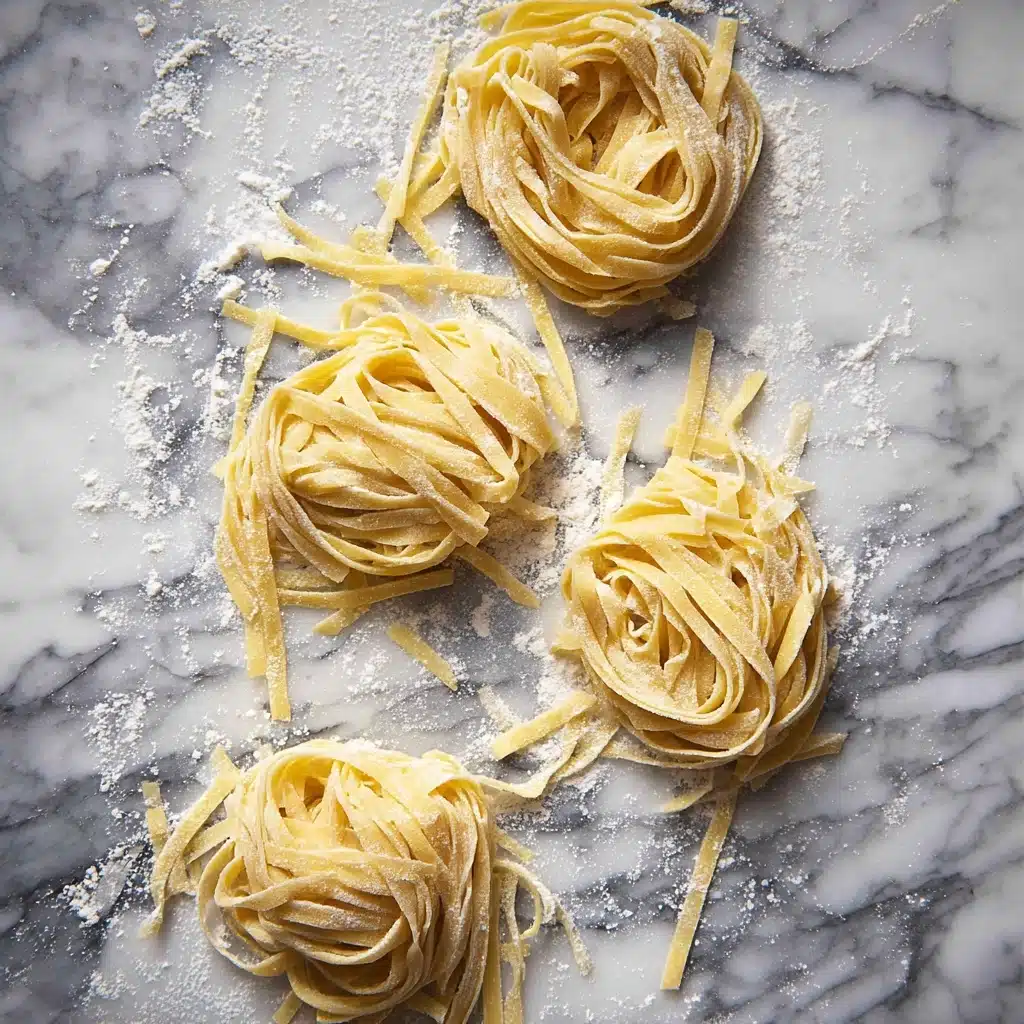
Ingredients You’ll Need
The beauty of homemade pasta is truly in its simplicity—just a few essential ingredients, each with a crucial role. Every component matters, whether it’s the richness of the eggs, the silken finish from your flour choice, or even that pinch of extra dusting for rolling. Let’s break down what you’ll need and why it matters.
- 00 flour or all-purpose flour (2 1/4 to 2 1/2 cups): 00 flour gives pasta an ultra-smooth texture, while all-purpose flour delivers a bit more bite—both create great results!
- Large eggs (4): These are the backbone of pasta dough, adding color, stretch, and that classic, comforting flavor.
- Additional flour for rolling: Don’t skim on this! Dusting makes rolling and cutting a breeze, preventing your pasta from sticking and helping to create beautiful ribbons.
How to Make How to Make Homemade Pasta
Step 1: Create Your Flour Well
Start by pouring your flour into a mound on a clean, flat surface. Create a deep well in the center, about 5 inches wide, for your eggs. This setup helps the eggs gradually incorporate into the flour, minimizing mess and ensuring an even dough. It’s a simple, old-world technique—don’t rush it!
Step 2: Incorporate the Eggs
Crack your eggs into the well and pierce each yolk with a fork. Begin whisking them gently, drawing in flour bit by bit from the sides. Keep things slow and steady—if your flour “walls” start to crack, just push them back together. Should the well break completely, don’t panic! Mix it together swiftly and continue on; the dough will come together just fine.
Step 3: Form and Knead the Dough
Once a shaggy, cohesive dough forms, put away the fork and get your hands involved. Work the mixture into a ball, picking up stray bits of flour as you knead. Spend about 5 minutes kneading until the dough becomes smooth and elastic. Wrap tightly in plastic and let it rest for 30 minutes—this rest relaxes the gluten so your pasta will roll out easily and cook up tender.
Step 4: Mixer Method (Optional)
If you’d prefer to use a stand mixer, add 2 1/4 cups flour and the eggs to your mixing bowl with the paddle attachment. Mix on low to combine, then increase to medium-high for 5 minutes until the dough is smooth. Wrap and rest as above. Either way, you’re in for fantastic pasta!
Step 5: Divide and Roll the Dough
After resting, slice your dough into 4 equal pieces. Keep dough you aren’t rolling covered to prevent drying out. Take one piece, flatten it gently, and roll it out by hand on a floured surface to about 6 inches wide and 1/8-inch thick. For machine rolling, flatten each piece, dust with flour, and feed through your machine starting at the widest setting—repeat and thin until you reach 1/8-inch thick sheets.
Step 6: Cut to Your Desired Shape
Now comes the fun part! Dust sheets with flour, fold over, and slice into your preferred shapes—think fettuccine, linguine, or pappardelle. If you have a pasta cutter, even better. Drape your noodles over a drying rack and let them dry for 30 minutes if not cooking immediately. If you’re ready to go, skip the drying and head straight to the pot.
Step 7: Cook Your Fresh Pasta
Bring a large pot of salted water to a rolling boil. Drop in your fresh pasta, stir to prevent sticking, and cook until it floats—anywhere from 90 seconds to 4 minutes depending on thickness and shape. Reserve a cup of pasta water for sauces (it’s liquid gold for binding!), then drain and toss with your favorite dressing or sauce.
How to Serve How to Make Homemade Pasta
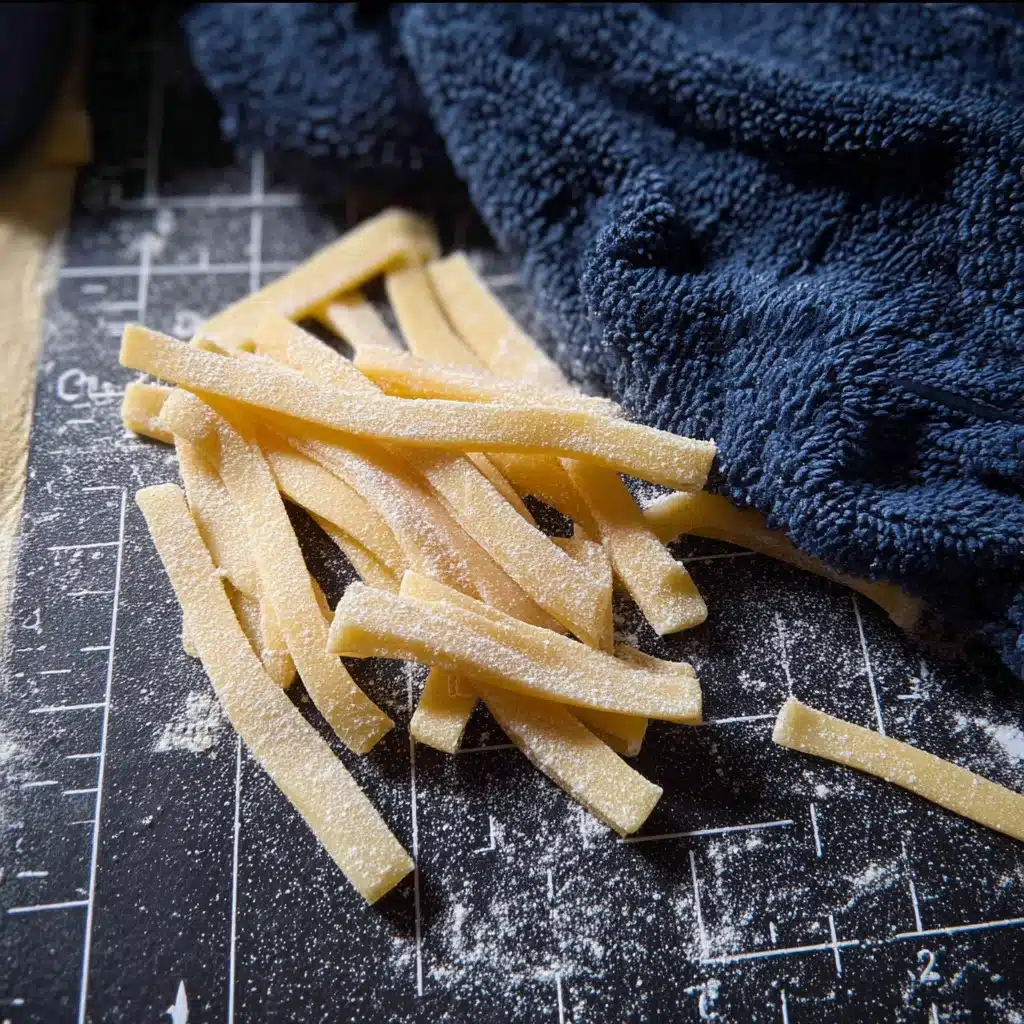
Garnishes
The simplest finishing touches often create the most memorable pasta: a generous grating of Parmigiano Reggiano, a shower of chopped fresh herbs (basil or parsley are lovely), or a drizzle of your best olive oil transform your noodles from rustic to restaurant-worthy.
Side Dishes
Homemade pasta shines alongside lighter, classic sides: think a crisp green salad, garlicky sautéed greens, or roasted vegetables. Warm, crusty bread makes a perfect companion for mopping up sauce, while an antipasto platter can truly round out the meal.
Creative Ways to Present
Present your homemade pasta in charming pasta bowls or swirl into handsome nests on each plate for an elegant touch. Layer ribbons with sauce in a shallow baking dish for a family-style feast, or nestle smaller portions alongside appetizers for a delightful tasting menu.
Make Ahead and Storage
Storing Leftovers
If you have extra pasta (lucky you!), dust it lightly with flour and dry on a rack for 30 minutes. Fold into little “nests” and stash them in an airtight container lined with parchment. Homemade pasta keeps in the fridge for up to 2 days—just pull out what you need, when you need it.
Freezing
You can absolutely freeze your homemade noodles! After drying slightly, nest the pasta and freeze in a parchment-lined airtight container. It keeps beautifully for up to 3 months—just cook from frozen, adding 30 seconds to the cooking time.
Reheating
Reheat leftover cooked pasta by dropping it briefly into boiling water or adding it directly to a pan of sauce with a splash of reserved pasta water. Just a minute or two is enough to restore its freshness—be gentle so the noodles don’t overcook.
FAQs
Can I use semolina flour instead of 00 or all-purpose?
Absolutely. Semolina flour brings a heartier texture and lovely yellow hue to your pasta. Just note that you may need a touch less flour, as semolina absorbs liquid differently.
Is a pasta machine required to learn how to make homemade pasta?
Not at all! While a pasta machine makes rolling easier and more uniform, a rolling pin and a bit of arm power do the job beautifully. Embrace the rustic shapes and thickness—it’s all part of the homemade charm.
What should I do if my dough feels too sticky or dry?
If your dough is sticky, sprinkle in a bit more flour as you knead. If it’s too dry or crumbly, wet your fingers and work a few drops of water into the dough until it comes together. Pasta dough is forgiving—trust yourself!
Can I flavor the dough when learning how to make homemade pasta?
Definitely! Add herbs, black pepper, or even a bit of tomato or spinach purée for color and flavor. Fold them in during the initial mixing phase for beautiful, custom noodles.
How thin should I roll the dough?
Most pasta shapes do best at about 1/8-inch thickness. For filled pastas like ravioli, you’ll want to go even thinner. If you can see your hand through the sheet (but it’s still sturdy), you’re right on track.
Final Thoughts
If you’ve ever been curious about how to make homemade pasta, now is the perfect moment to gather your ingredients and dive in. Few things are as satisfying—or as tasty—as a bowl of noodles you’ve made from scratch. So roll up your sleeves, take your time, and savor the delicious results!
PrintHow to Make Homemade Pasta Recipe
Learn how to make delicious homemade pasta from scratch with this easy-to-follow recipe. Whether you prefer to make the dough by hand or in a stand mixer, this guide will take you through each step, from mixing the ingredients to cooking the pasta to perfection.
- Prep Time: 45 minutes
- Cook Time: 5 minutes
- Total Time: 50 minutes
- Yield: 4 servings 1x
- Category: Main Course
- Method: Mixing, Rolling, Boiling
- Cuisine: Italian
- Diet: Vegetarian
Ingredients
Dough by Hand:
- 2 ¼ to 2 ½ cups 00 flour or all-purpose flour
- 4 large eggs
- Additional flour for rolling
Dough in Stand Mixer:
- 2 ¼ cups flour
- 4 large eggs
Instructions
- Making the dough by hand: On a flat surface, create a mound with flour and make a well in the center. Add eggs, whisk with a fork, gradually incorporating flour. Knead into a ball and let rest.
- Making the dough in a stand mixer: Mix flour and eggs in a stand mixer until smooth. Let the dough rest.
- Rolling the pasta dough: Cut dough into pieces, roll out, cut into strips, and dry.
- Cooking the pasta: Boil salted water, cook pasta until al dente, and toss with sauce.
- Storing homemade pasta: Dry cut pasta, store in nests in an airtight container.
Notes
- If using a pasta rolling machine, follow the manufacturer’s instructions for best results.
- Experiment with different pasta shapes and sizes to find your favorite.
Nutrition
- Serving Size: 1 serving
- Calories: 250
- Sugar: 1g
- Sodium: 50mg
- Fat: 3g
- Saturated Fat: 1g
- Unsaturated Fat: 2g
- Trans Fat: 0g
- Carbohydrates: 45g
- Fiber: 2g
- Protein: 10g
- Cholesterol: 95mg
Keywords: homemade pasta, pasta from scratch, fresh pasta recipe, Italian pasta, pasta dough

